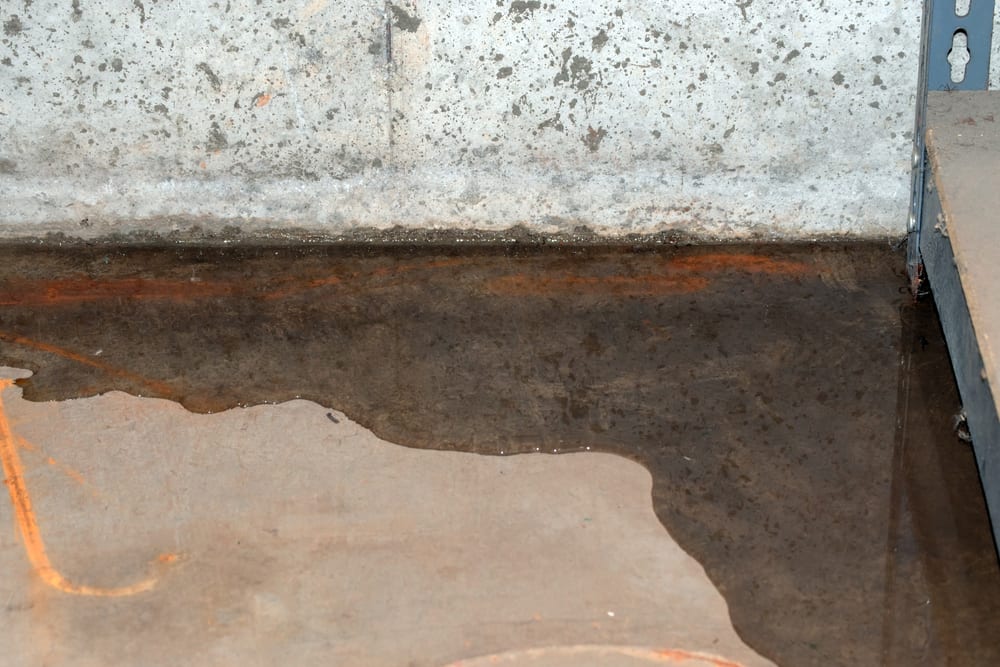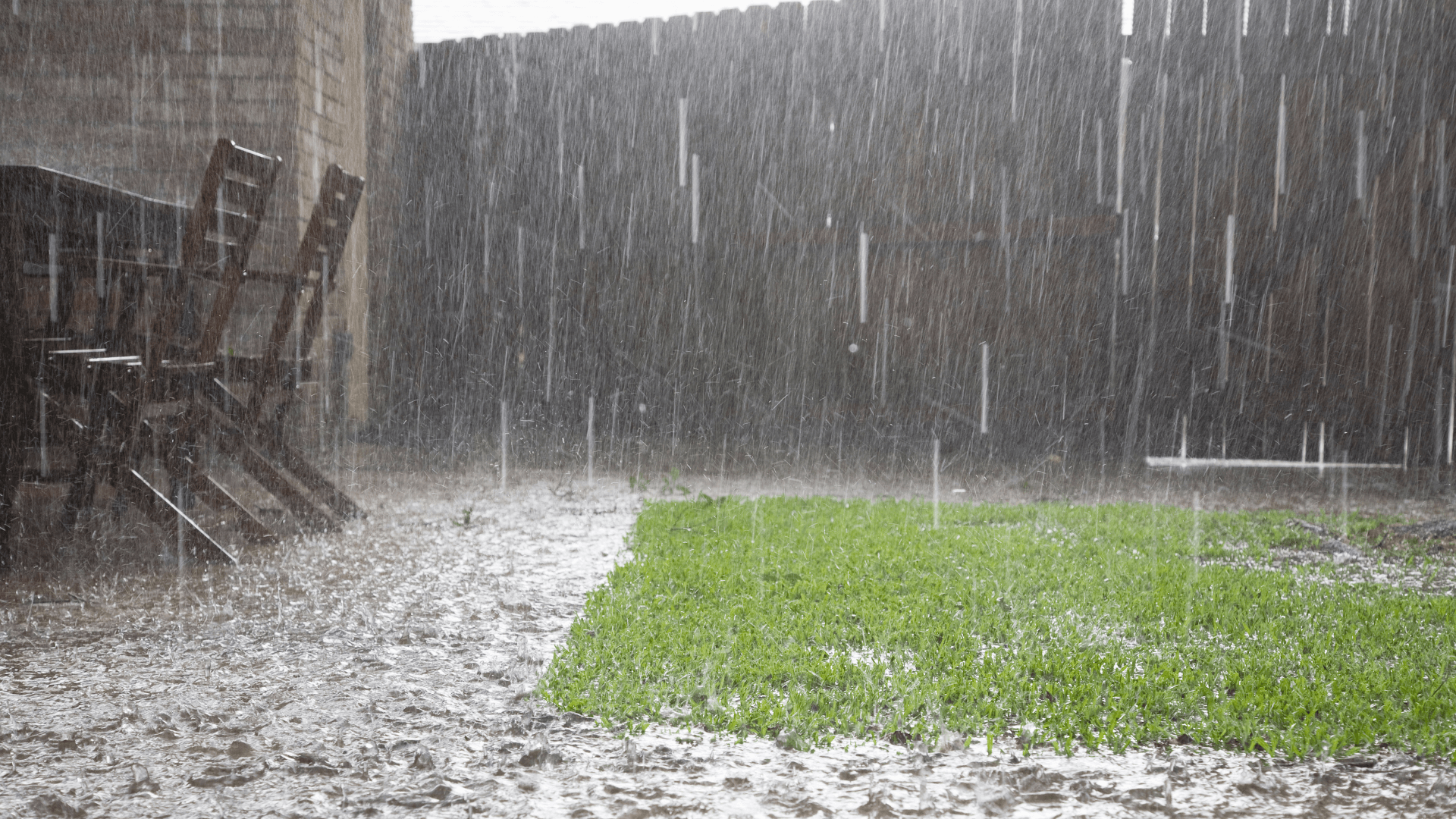Summer storms may bring welcome relief from the heat, but they also pose a significant risk of flooding and foundation damage—especially in areas prone to heavy rainfall. While the immediate threat of flooding often dominates the conversation, the long-term impact on your home’s foundation is just as critical. Understanding how flooding affects foundations can help you protect your home’s structural integrity and value.
Floodwaters can damage your foundation in various ways, compromising both the safety and stability of your home. In this guide, we’ll explain how flooding impacts your foundation and what homeowners should look for after heavy storms.
How Flooding Can Damage Your Home’s Foundation
1. Soil Erosion and Shifting
Excessive rain can saturate the soil surrounding your foundation, especially in areas with clay (common to our area) or sandy soils. This moisture can cause the soil to expand, contract, or erode, resulting in an unstable foundation that may lead to cracks or uneven settling.
2. Hydrostatic Pressure
When floodwater accumulates around your foundation, it creates hydrostatic pressure. This pressure exerts force on foundation walls, often causing cracks, bowing, or even wall failure. Basements and crawl spaces are particularly vulnerable to this type of damage.
3. Water Seepage
Any cracks or gaps in your foundation allow water to seep into basements or crawl spaces. Persistent moisture exposure can weaken structural materials, encourage mold growth, and accelerate the deterioration of your foundation.

4. Foundation Settlement
After a flood, the soil beneath your home may settle unevenly. This uneven support can cause the foundation to shift or sink, leading to cracked walls, sloping floors, and misaligned doors and windows.
Key Signs of Foundation Damage
After a summer storm, it’s essential to look for these common signs of foundation damage:
Cracks in foundation walls or floors: Pay special attention to widening cracks or cracks that run horizontally or diagonally.
Standing water or persistent dampness: If water accumulates in basements or crawl spaces, mold, mildew, and material decay can occur.
Sloping floors or uneven surfaces: Noticeable shifts in the floor level or sticking doors and windows indicate foundation settling or shifting.
Bowing or cracked interior/exterior walls: These issues may arise due to the stress placed on the foundation by excess water pressure.
Water pooling around the perimeter: Persistent drainage problems or water collecting near your home can signal poor grading and foundation risks.
How to Protect Your Foundation from Flood Damage
While it’s impossible to prevent all flooding, these essential steps can reduce the risk of foundation damage:
1. Improve Drainage
Ensure your gutters, downspouts, and drains effectively direct water away from your foundation. Proper grading around your home will prevent water from pooling near the foundation.
2. Seal Cracks
Regularly inspect your foundation for cracks, and seal any that are found. This can help block water from entering your basement or crawl space during heavy storms.
3. Install a Sump Pump
A sump pump can be an invaluable tool for removing excess water from basements and crawl spaces. Ensure your pump is well-maintained and ready for use during storm season.
4. Waterproof Your Foundation
Consider applying waterproof coatings or membranes to your foundation, especially if you live in an area prone to flooding. These protective layers can help prevent moisture intrusion and foundation damage.
What to Do If You Suspect Foundation Damage
If you notice any signs of foundation damage after a flood, it’s essential to act quickly. Ignoring foundation issues can lead to more significant problems and costly repairs. Contact a professional foundation repair company for a thorough inspection and expert advice on the best course of action. Solutions may include foundation sealing, underpinning, or more extensive repairs to ensure long-term stability.
Conclusion
Flooding can cause significant damage to your home’s foundation, but early detection and preventative measures can help protect your property from severe issues. By recognizing the signs of foundation damage and taking proactive steps to protect your foundation, you can ensure your home remains secure and stable throughout the stormy summer months. If you suspect foundation problems, don’t hesitate to seek a professional assessment and repair services.
Call Ram Jack Foundation Solutions today for an expert foundation inspection and repair!

